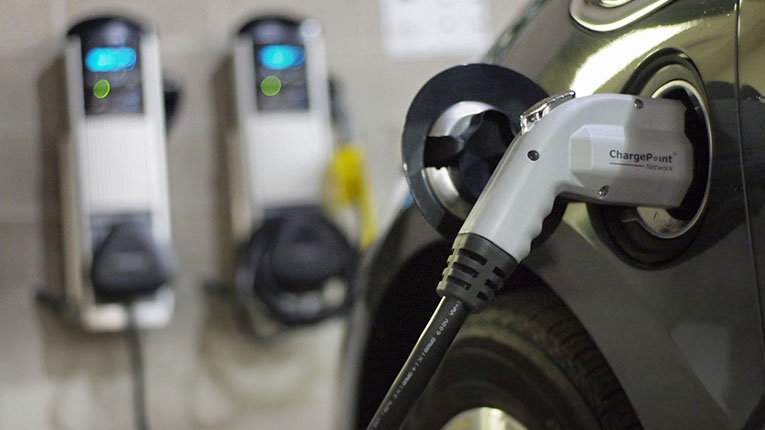The current pace of adoption of electric vehicles is fast: one in five cars sold in Europe in 2021 was electric, but accelerating this pace depends on ensuring an optimized consumption experience through a solid power infrastructure that allows everyone to charge VEs fast and efficient, shows a new report by EY and the European Energy Industry Association – Eurelectric.
The anticipated massive increase in the number of electric vehicles, from around 5 million cars, light commercial vehicles and heavy vehicles today, to 130 million vehicles by 2035 will have an impact on the grid, and the EY report finds that distribution system operators play a critical role in the success of eMobility and the power infrastructure needed to support it.
“Some 130 million electric vehicles are expected in Europe by 2035, supported by around 65 million charging points. Rapid and unpredictable increases in charging demand can cause power grid problems, such as voltage fluctuations and even outages. Local distribution operators have more solutions available to turn these additional costs into an investment with potential funding through EU programs,” says Mihai Drăghici, Director, Consulting, EY Romania.
EY experts say that the expected release of 130 million electric vehicles on the market is a huge challenge for Europe’s electricity networks. According to the report, the anticipated increase in the number of electric vehicles will make it necessary to install at least 65 million charging points, of which 9 million are public, compared to the 374,000 currently existing stations. Electricity demand for feeding the VEs is also expected to increase by 30% per year, which means an increase of 200 TWh by 2030.
However, according to the report, a possible destabilizing effect would not be caused by increased demand, but rather by the fact that thousands or even millions of electric vehicles will be powered simultaneously.
The EY analysis reveals that networks, which are already in overused in many areas, could become bottleneck points if peak periods for powering electric vehicles coincided with the maximum demand intervals in general.
According to an analysis of the six most common use scenarios for the supply of electric vehicles (rural residential, urban residential, workplace, buss bases, overnight and on highways), the maximum load increase will be ranging between 21% and 90%. “For this reason, a pure installation approach to charging points risks exacerbating the congestion of already overloaded networks,” warn EY experts.
The report suggests that distributed power will be a crucial element in helping distribution system operators (DSBs) to turn the vulnerability of uncontrolled powering of millions of electric vehicles into a valuable resource.
“The installation of smart grids will provide operators with real-time information about the networks they operate, as well as the ability to analyze current and future needs. At the same time, the incorporation of digital solutions will allow them to control the available capacity, time and duration of power supply and to facilitate the supply of electric vehicles at hours when the energy in the network is abundant and cheap, thus preventing network crashes due to overload,” the report shows.
The critical need to substantially accelerate the installation of power infrastructure in line with the adoption of electric vehicles will require large-scale collaboration between municipal authorities, national authorities, town planners, charging point operators, eMobility service providers, car manufacturers and distribution system operators.
“Through this cooperation, the road transport system designed today must serve all consumers for a long time to come,” the EY report concludes.
